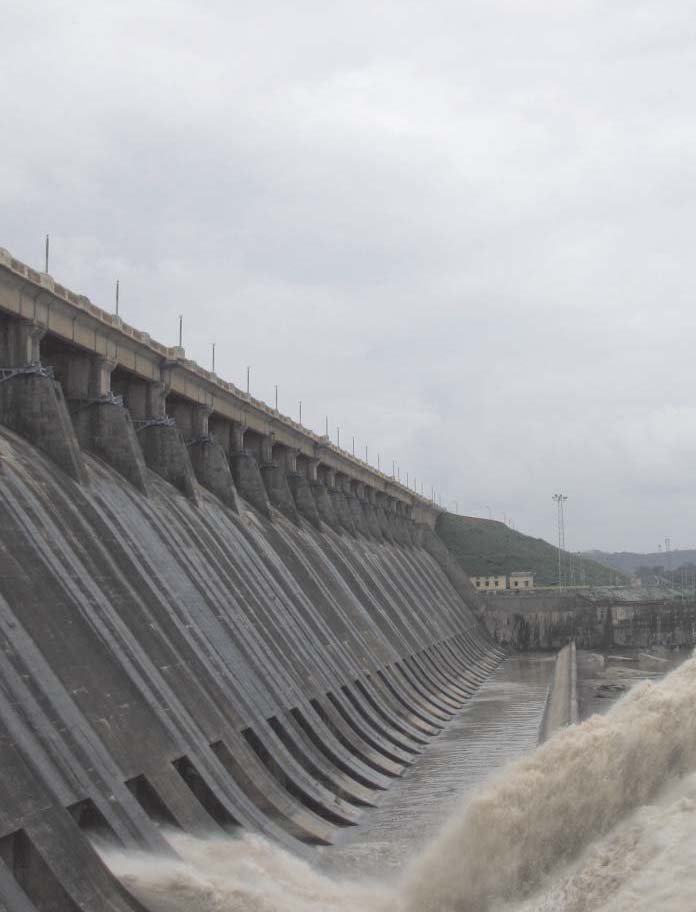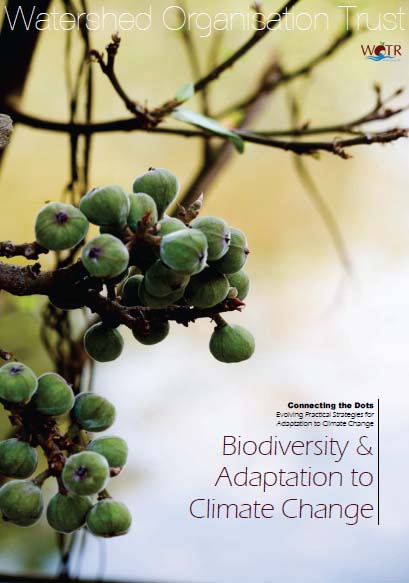Climate Change
Declare Khablir, Bilkanda, Mahispota, Bodai and Talbanda beels in West Bengal as wetlands of national importance: Ground realities and reasons
Posted on 28 Nov, 2012 11:24 AMThe land use pattern of the area in the vicinity of Khablir Beel, Bilkanda, Mahispota and Bodai as seen from Survey of India Topo Sheet 79 B/6 (surveyed in 1958–59 and published in 1973), is predominantly piscicultural and agricultural. The Khardah Khal with its connection to river Hugli (Ganga) is the main source of surface water to this area. Again a Topographical Map prepared by Panihati M
Floods, fields and factories: Towards resolving conflicts around the Hirakud Dam
Posted on 27 Oct, 2012 08:13 PM This action research report by the Forum for Policy Dialogue on Water Conflicts in India maps the variegated issues contributing to the water conflicts ar
This action research report by the Forum for Policy Dialogue on Water Conflicts in India maps the variegated issues contributing to the water conflicts ar
Rajasthan High Court orders strict action against those threatening Udaipur lakes -Roundup of the week's news (October 15 - 21, 2012)
Posted on 22 Oct, 2012 05:39 PMRajasthan High Court orders strict action against those threatening Udaipur lakes
India’s rivers are drying, fresh water biodiversity being destroyed, and people seriously threatened from mega hydro-electric projects - Can CBD help?
Posted on 19 Oct, 2012 08:28 PMTwenty years after ratifying the Convention on Biological Diversity, and ten years after promulgating the Biological Diversity Act, India continues to use doublespeak in dealing with its rivers and their biodiversity
WOTR’s Position Paper on “Biodiversity and adaptation to climate change” released on October 16, 2012 at the COP-11 in Hyderabad
Posted on 18 Oct, 2012 10:48 AM
Artificial glaciers- a Tedx talk by Chewang Norphel
Posted on 16 Oct, 2012 02:57 PMClimate change however, has resulted in several of these local glaciers drying up. Chewang Norphel, a civil engineer, has pioneered the concept of creating artificial 'glaciers' that store water in the form of ice, and release it in the summer.
Living rivers, dying rivers:Rivers of West Bengal, Orissa & Indus system
Posted on 13 Oct, 2012 11:15 PMWest Bengal rivers

Spring water recharge programme: A study of the post-programme impact in the Kumaon region of Uttarakhand by CHIRAG
Posted on 12 Oct, 2012 07:43 PMCHIRAG has been working in the Kumaon area for the last 25 years, and is working on recharge springs.






